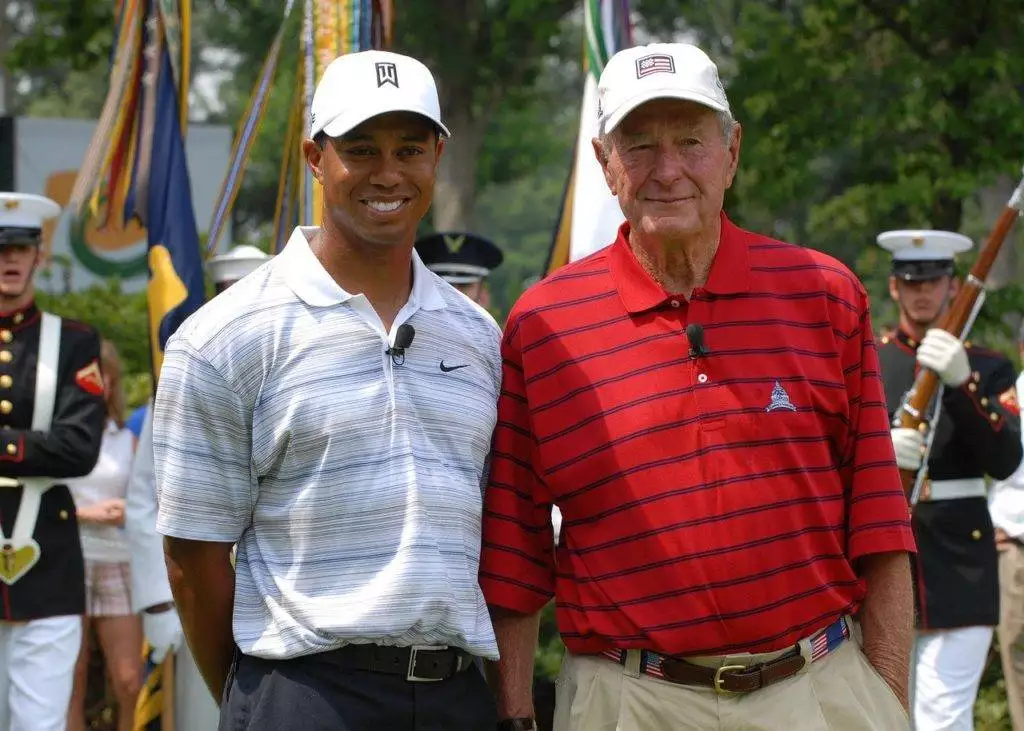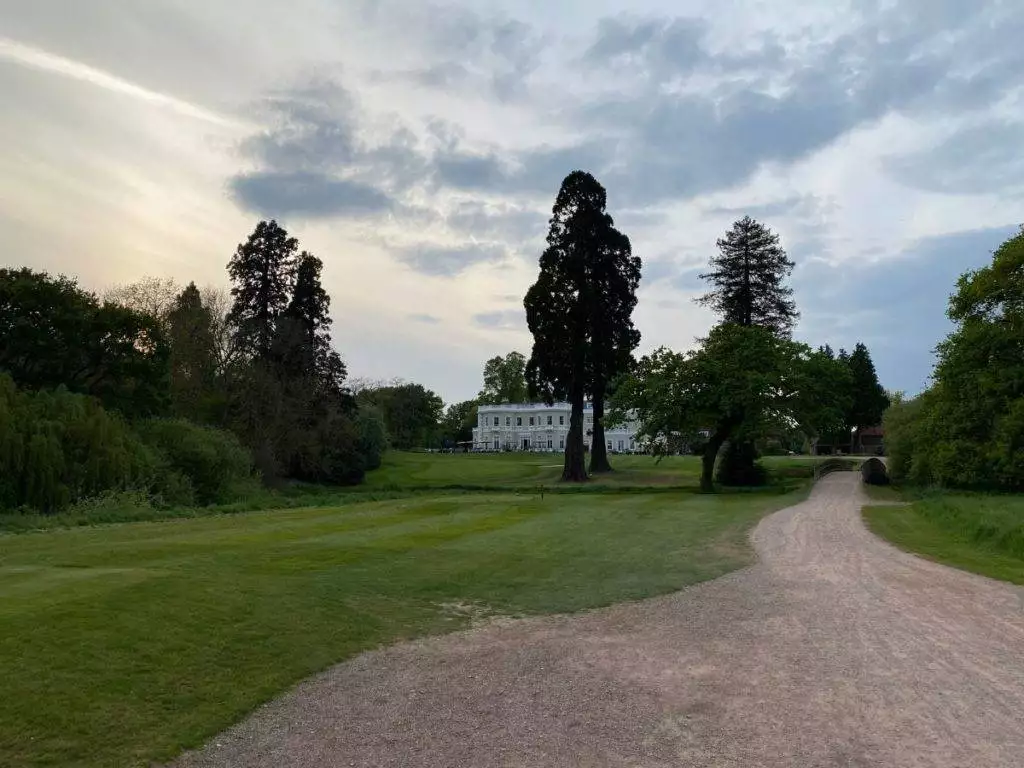Just like that of Mark Twain, reports of golf’s death are greatly exaggerated. In the wake of the Covid-19 pandemic, the steady decline in the numbers of people who play golf would appear at last to have gone into reverse as people emerge apprehensively from their confinement in pursuit of a sport that is played in the open air and doesn’t involve close contact with other players.
Nevertheless, this respite may prove to be temporary unless some of the wider issues which led to the game of golf losing popularity over the past decade or two can be addressed.
The fact is that between 2003 and the start of the pandemic, progressively fewer people were playing golf or joining golf clubs year on year. That period saw the closure of over 1,200 golf courses, and nearly seven million fewer people playing.
And yet still, in 2019, it was estimated that more than one third of Americans either played golf (on course or off course) or took an interest in the sport – and this number includes many kids. It’s still a great game to experience and enjoy.
So why is the golf industry concerned?
Playing Golf Is Expensive

Paying serious money to play a round of golf was not really an option for some when the crash came in 2008. For many the effects of the economic downturn were to last for quite some time.
When times are hard, other sports which involve less expensive equipment and no prohibitive green fees tend to have more appeal.
The private clubs, already elitist and exclusive, became even more the preserve of the privileged few, and the golfing public including many potential new players were unable to meet the cost.
The Tiger Woods Effect

Love him or loathe him, Tiger Woods was a sporting icon and a hero to many people all across the world.
His popularity was evident for all to see, not only amongst avid golfers but also to his many fans including a good number of younger people who would potentially constitute the next generation of golfers.
When he hung up his golf equipment for the last time, it was like the end of an era.
And whilst the sport has seen the emergence of new stars there has perhaps never quite been anyone like him.
They’re Closing the Putting Greens
There may be a world of difference between an expensive 18-hole golf course at a select coastal resort and a humble putting green in the park, but often this is where it all begins.
So many kids first experience the thrill of knocking golf balls into holes when their parents take them and their friends for a fun round of putting at an early age.
Sadly the twin imperative to cut cost and to build on every available piece of land has led to a decline in this most valuable and worthy resource.
Fewer Open Spaces

Just as there are fewer facilities available for putting, so the whole country park culture is becoming a thing of the past.
A more urbanized environment is less conducive to sports which celebrate nature and wide open space.
Golf is the antithesis of urban sporting culture. It consciously embraces the unspoiled environment.
A Lazy Generation?
Even if it lacks the strenuous demands of a game of baseball or a basketball match, golf is an active sport requiring many miles of walking around the course between shots, as well as learning to perfect the swing.
But anyone who lives or works with younger people knows that this is a generation obsessed with technology.
It is hardly surprising that some kids would prefer to sit at their computer screens during their free time playing a round of “virtual golf” than to put themselves to the inconvenience of heading on down to the course.
E-sports are cheaper, easier and more immediately rewarding that anything involving actual physical activity. That goes for golf every bit as much as for football.
People Have Busy Lives

Whoever thought technology would make people’s lives easier and allow us more leisure time certainly did miscalculate badly. All that has happened is that we have more to do.
When life was simpler we seemed to have time to spend a few hours playing a round of golf, maybe during the week or at the weekend. Today it all seems to be about work.
To make things worse, unfortunately, many clubs only permit members to play. Where there are those that do allow green fees they tend to be expensive to the point of being beyond the reach of many golfers.
The Money Is Going Into Other Sports
Football, hockey, baseball, basketball – these are the big-money draws across the United States with their superstar sporting heroes.
In Europe, it is soccer that attracts the lion’s share of the media interest, and with it the money and the popularity.
And although golf is also a big-name sport these days, with plenty of television coverage, the more diverse array of sporting media available means it is competing for public attention with a whole range of other disciplines – boxing, horse racing, even athletics and winter sports.
Today the golfer is just one of many sportsmen or women in a world of competitive entertainment.
Golf Clubs Are Elitist and Inaccessible
Not always, but very frequently. For many, the culture of the private clubs is one which revolves around snobbery, and disdain for the hoi polloi.
Whilst this is appealing to some it can be off-putting to those who just want to play a game of golf and to wind down over a drink and a chat with fellow players once the game is done.
Golf memberships often come in tandem with long waiting lists, extortionate fees, pompous dress codes and a whole raft of over-officious rules.
Although generally more relaxed, even public courses can sometimes reflect outmoded and archaic attitudes.
Golf is Uncool
It is probably true to say that golf lacks the cult status of many sports, such as boxing and MMA.
Many high-profile golfers are mature in years and dress conservatively, lending the sport an aura of stuffiness.
Younger people often prefer their sporting heroes to adopt street talk and to comport themselves like pop stars when in the public arena.
Golf, by contrast, gives off an establishment vibe.
An Impatience for Results

Everything these days is geared to towards instant outcomes. Whilst a game of basketball is constantly moving, a golf game seems to take an eternity to complete.
Much of this may be down to computer technology. Video gaming, virtual reality and the like have created different expectations amongst kids, and there is less patience when it comes to competitive engagement.
Everything exists in the here and now.
Lack of Social and Ethnic Diversity
Tiger Woods notwithstanding, golf remains a sport which is disproportionately white and middle class.
Club memberships are priced with the express purpose in mind of excluding those considered not socially appropriate, and as such working class people and folks from cultural minority backgrounds will often gravitate more naturally towards more inclusive sports.
Quite clearly being an elite sport is not conducive to attracting a mass following, and although traditional barriers are fast breaking down there is still much work to do before golf can become more universal.
Does All This Mean Golf Is Doomed?

Fortunately not.
We have already heard that golf enjoyed a welcome reprise following the pandemic, due to the demand for an outdoor sport which did not involve close human contact.
This clearly shows that it has the potential to bounce back.
Golfers who do play will tell you of the enjoyment they get from their sport – the relaxation, the sense of being at one with nature. Golf is sociable, energetic and actually quite fun.
What needs to happen is that the sport more broadly needs to decide how and to whom it wishes to project itself in the future, and structure itself accordingly.
Schools and Youth Centers Have a Part to Play

With the demise of the putting greens it is incumbent upon the sport to find other ways through which to reach out to kids at an earlier age, before their heads are turned by the more mainstream ball sports.
Ambassadors for the sport need to engage with parents, through the schools and youth centers, offering courses and competitions as an incentive for taking up the sport.
Private companies could act as sponsors, providing equipment and resources to help finance projects.
Quite often these companies might have a stake in facilitating a golf revival, so it works for everyone involved.
Golf Is Booming in Some Parts of The World
We sometimes make the mistake of thinking of the United States or Europe as though it were the center of the universe. And yet, like the sun, that which sets in the west rises in the east.
Asia is the biggest growth area for golf, which has never known popularity such as it enjoys today.
Some of the best golf courses today are in Japan, South Korea – and Oceania.
The golf industry, like so much else, is inevitably becoming less US-centric.
The Tiger Woods Era Overstated?
Some argue that golf enjoyed a “bubble” during the time of Woods’ reign, and that it has simply reverted to its natural state now that he is no longer playing golf tournaments, rather than entering into a state of irreversible decline.
There could be something in this. Every sport from time to time basks in the reflected glory of its special heroes.
If the popularity of golf increased merely due to the personality and presence of one man, a fad as opposed to a trend, then it was inevitably destined to wane once he was no longer dominating the sport.
All the same, golf could maybe have done more to exploit the opportunity that Tiger Woods provided.
Other Sectors May Benefit from A Recovery

As with any sport, there is a plethora of ancillary industry which surrounds golf.
Manufacturers of golf gear, sponsors of pro players and tournaments, the whole golf equipment range, television networks, fashion, technology – these types of companies and a whole lot besides stand to gain from a golfing revival.
Clubs, were they to become more outward-looking and inclusive, could share in this. Some already do.
The next generation of pro golfers to dominate the sport might still benefit from lessons learnt during the past decade or two of decline.
The Benefits of Golf
Of course it isn’t just companies and businesses which would benefit from the improved fortunes of golf. The sport has so much to offer for both pro golfers and casual players alike.
Quite apart from being a socially distanced sport (always useful in a pandemic), playing golf is a great form of low-intensity exercise which brings obvious health benefits.

Because it is low-intensity, it can be played by people up to quite an advanced age, and of varying levels of physical fitness.
It provides a social environment and as such is great for building social and personal relationships. It is also a great opportunity to discuss business deals or for companies to exploit for team-building.
There are good mental health benefits to be had too from spending time in the open air, away from the grind and drudgery of daily life.
There is almost no age limit, one can play alone or with others, and the handicap system allows players of different abilities to compete against one another.
So is Golf Dying?
It won’t be any time soon. It is still enjoyed by so many people, and the fabric of the golfing community remains very much intact. What it needs is a bit of introspection and some tender loving care.
More people should be encouraged to spend some time on the golf course. And if that means changing the culture of the clubs a little, then that may arguably be no bad thing.



